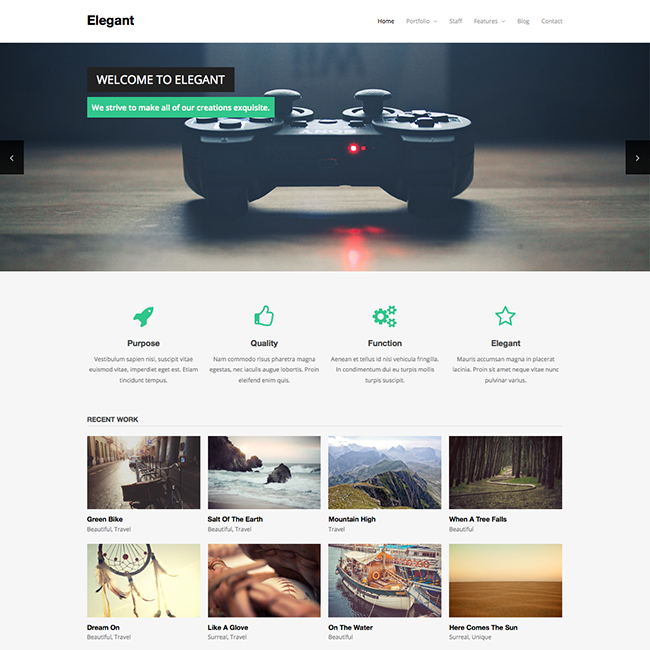


When you click on a block you will see on the right-hand side many options to style and enhance your template. If you chose to create blocks “The hard way, ” you would need to rely on your coding skills for good styling. When you combine WordPress with Toolset, you can style the blocks you add to your template. You can add a link to take your user to the right page when they click the button. For the button block, I also include a link to the book. Below I’ve used the heading block and Toolset’s button block. All I need to do is select whichever blocks I want depending on the content. I’ll add the call to action for the right-hand side of the template. To choose the content that appears in the block you need to select the source.

All I need to do is insert Toolset’s single field block which allows me to select whatever source I like for the content.īelow I select the post content on the right-hand side as the block’s source. Now that I have the structure I need to insert the blocks with the content I want to display. I’ve added the Grid block to create the template structure and dragged the grid to expand the left section. I have divided the template into two and expanded the section on the left to take up 75% of the page.

Below you can see that I added Toolset’s grid block, allowing me to split up my template into sections. With Toolset installed you can open up a new content template and add your blocks.įirst, I arrange the template’s structure. You first need to create the content template for your pages.
#Wordpress template how to
How to create a custom WordPress page template for regular pages Step 1: Creating the content template structure Second, I’ll create a template for my recipes custom post type. Toolset allows you to create custom websites without using coding.įirst I’ll create a template for regular pages which will contain a call to action on the right hand side. Furthermore, with Toolset Blocks you can add blocks to the WordPress Gutenberg editor with dynamic content. Toolset creates templates in minutes and without any coding. You can use a WordPress plugin such as Toolset to create your templates. When you create a custom post type (such as recipes), you will need to either edit these PHP fields or create new ones to ensure your website displays your posts. Themes automatically provide the PHP files that define templates in WordPress. There are two ways you can create your custom WordPress page template: The two ways you can create a custom WordPress page template That’s because I’ve assigned the same template to both pages. On both of the pages above you can see my call-to-action on the right hand side. This is the same template as the image above. This is how my template for regular pages looks on the front-end.
#Wordpress template download
That way each page will contain a call to action to download my ebook. Instead of editing each page with the same content (which would take a lot of time) I can just create a template once and assign the template to the pages. I have an ebook on cooking which I want to display on all of these pages. On a cooking website you might have many pages with cooking tips such as “How to make the perfect pasta”, “How to cook eggs” and so on. Those pages will then follow the template. Instead of creating the layout for each page individually you can just create the template once and assign it to whatever pages you like. Why you will need a custom WordPress template for regular pagesĪ template is easy to ensure similar pages follow the same structure. There are two types of custom WordPress page templates which I will go through: For example, any changes you make to your template for recipes on a cooking website will affect how all of the recipes appear on the front-end. The blueprint says how and where you will display all the content on each post. You can use Toolset with Gutenberg to create WordPress page templates for your single posts.Ī template defines how pages and posts look on the front-end. A real estate website will need a template for its houses, an e-commerce website for its products, a membership site for its members, and so on. Indeed, many of the most common websites will rely on templates.
#Wordpress template professional
A truly professional WordPress website will almost certainly contain custom page templates.


 0 kommentar(er)
0 kommentar(er)
